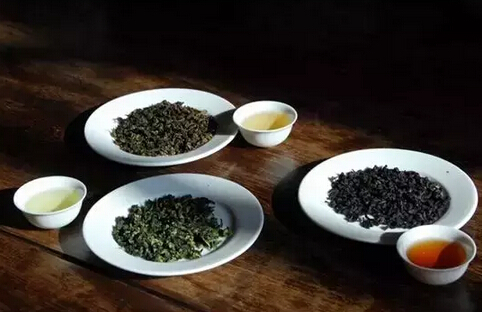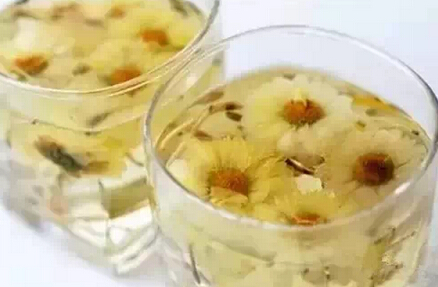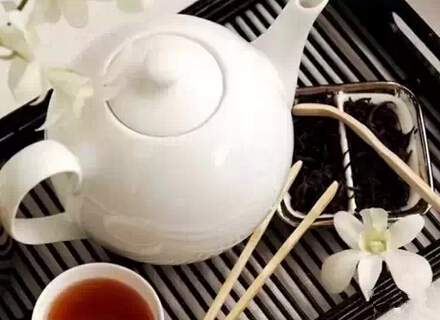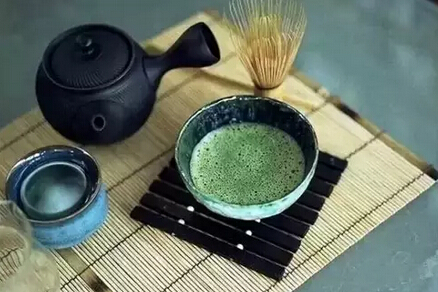After reading, you'll realize you've learned new tips—why not share them with fellow tea lovers immediately!
Not knowing today isn't shameful. Chinese tea culture is profound, with even foreigners saying "one tea, one moment; one leaf, one universe." The best way to improve knowledge is through study and asking questions. Here are reliable, practical tea facts.

1. Drinking tea immediately after meals hinders digestion rather than aiding it.
2. Aged raw Pu-erh never becomes ripe Pu-erh—the latter results from processing, not time.
3. Not all teas are best when fresh; some require resting to reduce "fire" or "cold" energy for health benefits.
4. Black tea isn't dark tea—it's called "red tea" in Chinese.
5. Chrysanthemum "tea" is a floral infusion, not true tea.

6. Don't believe the first brew is healthiest—rinsing makes it healthier.
7. Tea doesn't cause calcium loss; moderate consumption aids calcium absorption.
8. Dongting Biluochun comes from Jiangsu's Dongting Mountain, not Hunan's Dongting Lake.
9. Anji white tea is a green tea, not a white tea.
10. Da Hong Pao is an oolong tea, not a black tea.

11. Jasmine tea isn't better with visible flowers—it's tea, not blossoms.
12. Junshan Yinzhen is a yellow tea, not white tea.
13. Oolong tea is "blue-green tea"—however dark, it's still green.
14. Beigang Maojian and Weishan Maojian are yellow teas, not green teas.
15. Matcha is specially processed tea powder, not ground green tea.

16. Aged Pu-erh can be valuable, but not necessarily from ancient trees.
17. Yunnan Moonlight White is a white tea, not Pu-erh.
18. Traditional "Lu'an tea" refers to a dark tea, not the green tea Lu'an Guapian.
19. Pure ancient tree tea doesn't mean no blending—blending is absolute; purity is relative.
20. Pu-erh isn't inherently more valuable with age—100-year-old garbage remains garbage.
For more tea information, search WeChat ID "chayewang1" to follow Tea Net.